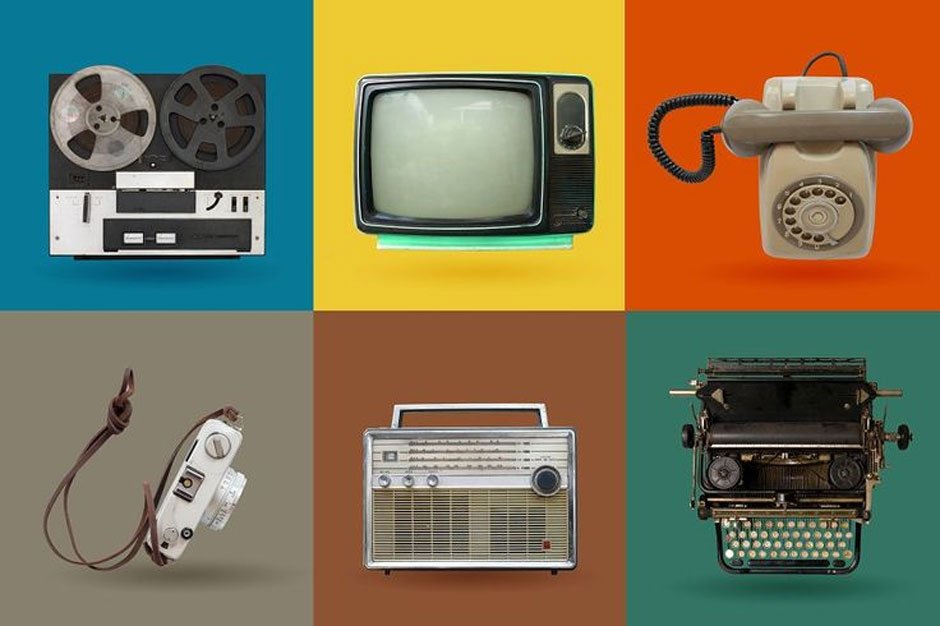
Nostalgia-based content goes viral as it strengthens the memories of users and triggers positive emotions. This kind of content seems effective on the social media platforms, as here, people continue to share content that never fails to resonate with them.
Get a brief breakdown of the reasons that make this content go viral:
The release of dopamine and emotional connection – Nostalgia habitually evokes feelings of familiarity, comfort, and happiness. When people see or hear something that helps them remember a happy past experience, then it triggers dopamine release. This feel-good chemical makes content more appealing to people.
Feeling of community – Nostalgia forms a feeling of community and belongingness among people who share similar interests. Again, it also encourages people to share content with others who might have similar feelings.
Reinforcement of memory – To strengthen the existing memories or create some vivid or new ones, nostalgia tops the list. When you see an old picture or a video, it makes the previous event look and feel more real and present, especially when the experience was positive.
The role of social media – Social media platforms give significance to content that emits strong emotions. The algorithms intend to intensify content that is shared. Thus, nostalgic content can cater to a wider audience.
Marketing Power – Brands opt to use nostalgia so that they can connect with consumers emotionally, most often by restoring classic products. At times, brands also use retro aesthetics when they start their marketing campaigns. It results in an enhanced brand preference and loyalty.
The science that works behind nostalgia
Nostalgia is habitually linked with a person’s happy memories and his ardent desire to go back to an earlier place or time. This bittersweet feeling combines pleasure that one gets when he remembers his past with a feeling of sadness. When you smell your childhood food, listen to a specific song, or visit a particular place, you go back to your old days, and they bring back memories from your past. Nostalgia still has its significance in this digital period and it is a technology-driven curated experience that gets reinforced by the nostalgia of social media.
In previous times, memories were stored in journals, personal conversations, or photo albums, but today, people depend on the preservation of digital memory, as here, social media platforms resurface precious moments for them. No matter whether you go through Google Photos or Facebook Memories, you will find social media nostalgic content to be more than what you remember, as it also comprises algorithms that remind people.
This process is acknowledged as digital nostalgia, which gets affected by factors like neuroscience and psychology.
Today, people are living in a fast-paced world where digital nostalgia has turned into a natural part of the way people communicate with their past. Social media platforms, including Google Photos, Instagram, and Facebook, have become nostalgia as they make it smoother for people to revisit their memories with some clicks of the mouse. Though it seems comforting, it is important to make sure that nostalgia-based content that people find on social media platforms is improving their well-being in place of misrepresenting their insight of the previous moments.
